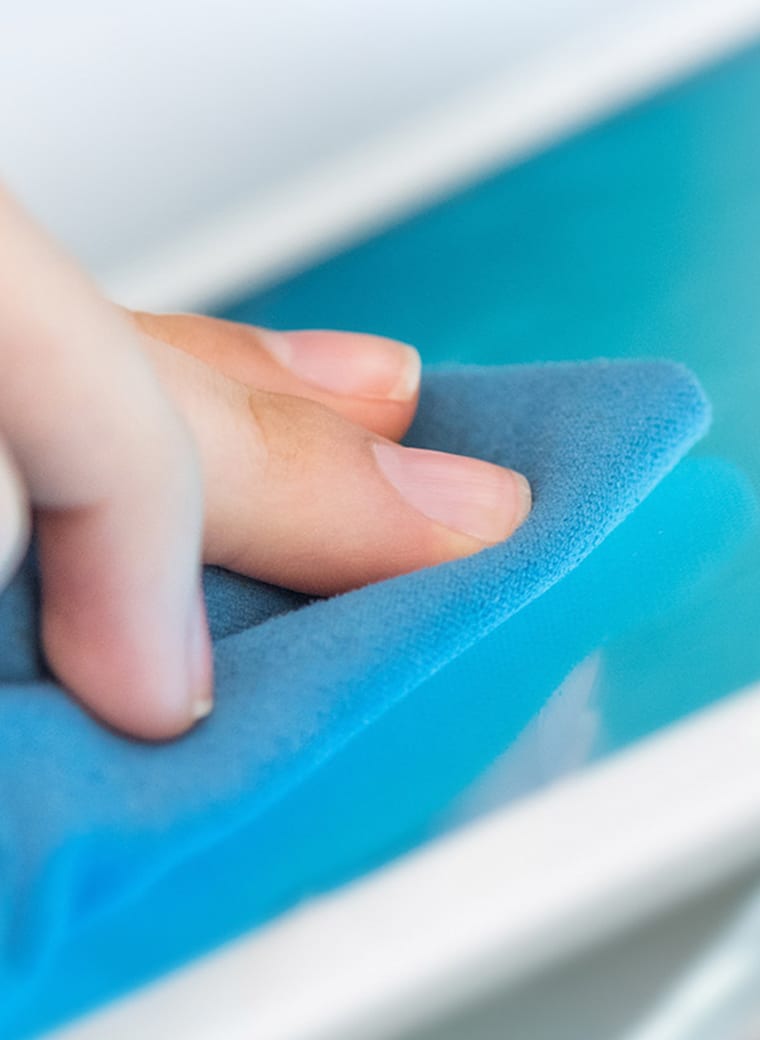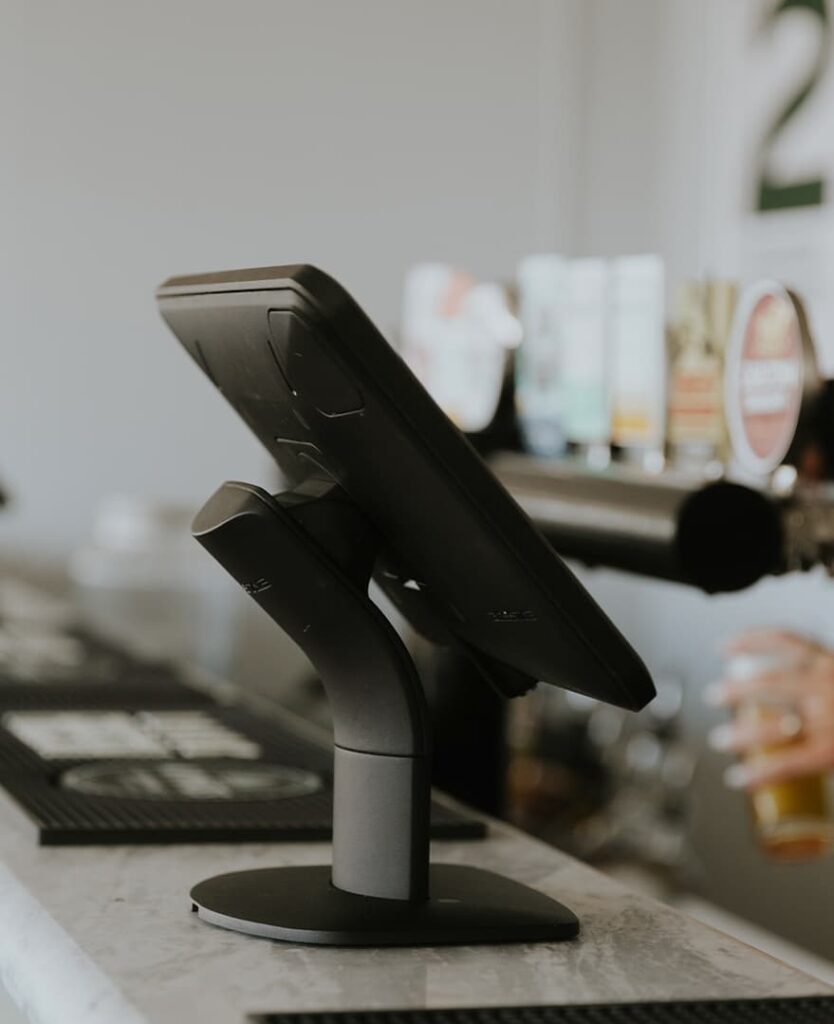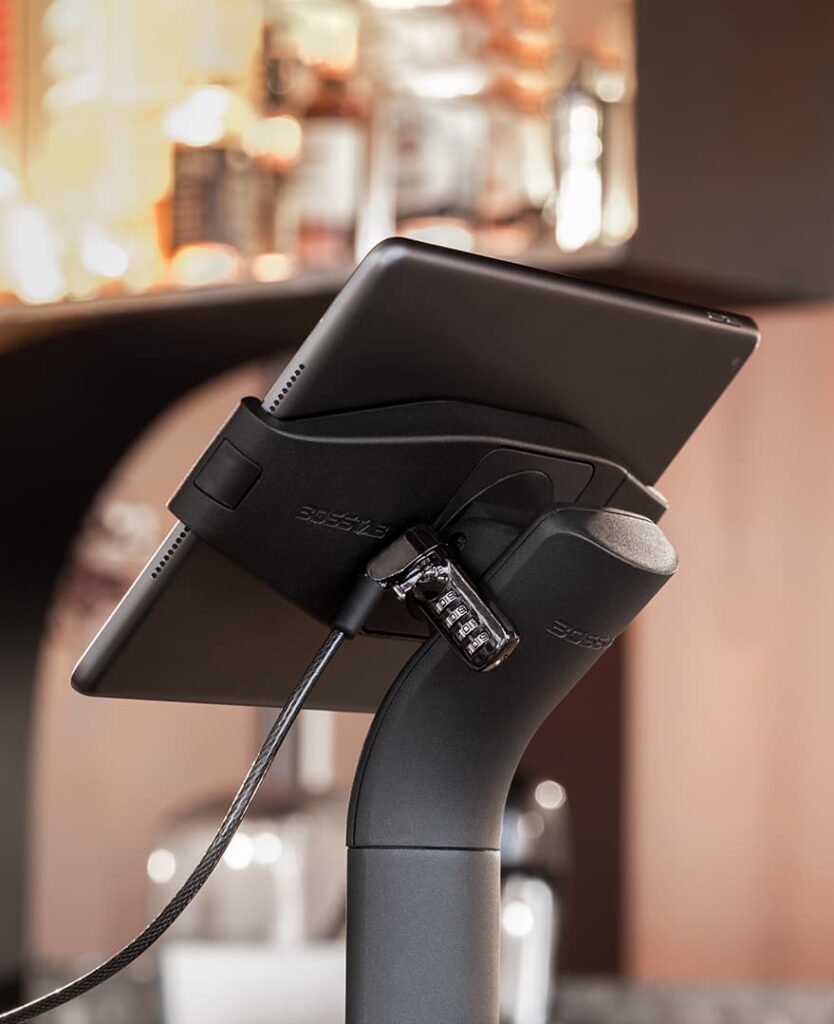Free shipping on all US orders over $100.
Support
How to sanitize your tablet in the age of coronavirus
Often this sanitization includes items that staff or customers commonly touch, including door handles, phone receivers and yes even tablets and payment processors.
So as the worldwide effort steps up to stop the spread of coronavirus, here’s a guide on how to sanitize your workplace tablets.

The tablet challenge
Whether a tablet serves as the mobile Point of Sale, an information kiosk, visitor management system or everyday workplace device, it, like many other mundane items has the potential to be a transmission site for the germs associated with coronavirus.
There’s a lot scientists and authorities are yet to understand about COVID-19, but according to experts one thing is clear – it can survive on surfaces, sometimes for a prolonged period.
According to Harvard Health, researchers recently found the length of time COVID-19 lingers depends on the surface involved, but their current findings indicate the following:
• Copper – Up to four hours
• Cardboard – up to 24 hours
• Plastic – Up to three days
• Stainless steel – Up to three days
It’s also believed the virus can survive on fabric for a short period of time and can hang as droplets in the air for up to three hours.
“There’s a lot we still don’t know, such as how different conditions, such as exposure to sunlight, heat, or cold, can affect these survival times,” Harvard Health reflects.
“As we learn more, continue to follow the CDC’s recommendations for cleaning frequently touched surfaces and objects every day. These include counters, tabletops, doorknobs, bathroom fixtures, toilets, phones, keyboards, tablets, and bedside tables.”
So what’s the recommended method?
Cleaning devices like tablets
Diluted household bleach and hospital grade disinfectant are among the products recommended for cleaning frequently touched surfaces. But as tablets are also precise electronics, things start to get a little more complex.
Instead, CNET suggests using disinfectant wipes, which Apple has now approved for use on iPhone screens. There are products you should also definitely avoid, they note. So here’s what you can use, and what you should not.

Recommended
Wipes (not pure alcohol)
Disinfectant wipes that contain 70 per cent isopropyl alcohol are considered the safest bet when it comes to balancing disinfection and the safety of your device.
Soft cloths with disinfectant
AT&T recently recommended an alternative to disinfectant wipes in the wake of a supply shortage. They suggest you “spray a nonabrasive or alcohol-based (70 per cent isopropyl) disinfectant directly on a soft lint-free cloth and wipe down your device while it is powered down and unplugged.”
UV light
It’s believed UV light can effectively kill germs and bacteria. That’s seeing a rise in UV lights such as PhoneSoap which are used for everyday cleaning.
Not recommended
Pure alcohol
Whether it’s a wipe or a sprayed cloth, pure alcohol is not recommended when it comes to cleaning electronic devices like tablets.
CNET explains the concentrated alcohol “can strip the oleophobic and hydrophobic coatings that keep oil and water from damaging your display and other ports”.
Direct sprays
As tempting as it may be, directly spraying your device with disinfectant, bleach or any other substance is never a good idea. It can potentially enter the ports and damage the device.
Soaked cloths
Soaked and overly wet cloths are also not recommended as the excess moisture can harm your device.
Paper towels
Paper towels have the potential to leave scratches on your screen and lint in your ports, which is why a cloth or wipe is the preferred leaning implement.
Other top tips
In addition to paying special attention to the products you use for cleaning your tablet, there are also a number of other steps you can take to minimise the risk of your tablet being a site of transmission.
These include:
Clean regularly
All surfaces, including your tablet and stand should be cleaned and disinfected regularly. In high-traffic areas where members of the general public have access to the device this may be multiple times a day. In less frequented areas where only one or two staff members use the tablet this might be once or twice daily.
Use hand sanitizer
Create check points with hand sanitizer available at entrances and high traffic areas such as reception areas and common areas. Encouraging people to sanitize before using any devices to limit COVID-19 lingering on surfaces.
Have wipes handy
Have wipes on-hand so you can easily wipe the tablet down at regular intervals or when required. If the tablet is situated in a place where there is public access, ensure there is enough supply for customers to use as required.
Encourage hand washing and hygiene
Regular hand washing is considered one of the most effective ways of reducing the spread of COVID-19. Implement signage around your site that encourages and directs people to properly wash their hands, preferably when they first enter your workspace.
Encourage contactless payments
If tablets are used as the Point of Sale or to process transactions, encourage contactless payments where feasible. This minimises the amount of times people need to touch a screen to enter their PIN or insert their card.
Use a stylus
If possible, have a stock of tablet-suited styluses on hand and replace and clean them regularly. This minimises touching of the tablet screen and allows you to thoroughly clean and disinfect the stylus pen.
Pre-screen work-site visitors
Another handy tip is to pre-screen visitors to your site prior to arrival. This is especially relevant for workplaces using automated Visitor Management Systems. You can program the system to ask guests whether they are at risk of having been in contact with COVID-19, and also have them print out their identification in advance of arrival rather than using your device to check-in.
You can learn more about tablet stands for commercial environments here or for further COVID-19 guidance into preparing, cleaning and disinfecting your workplace, see here.









